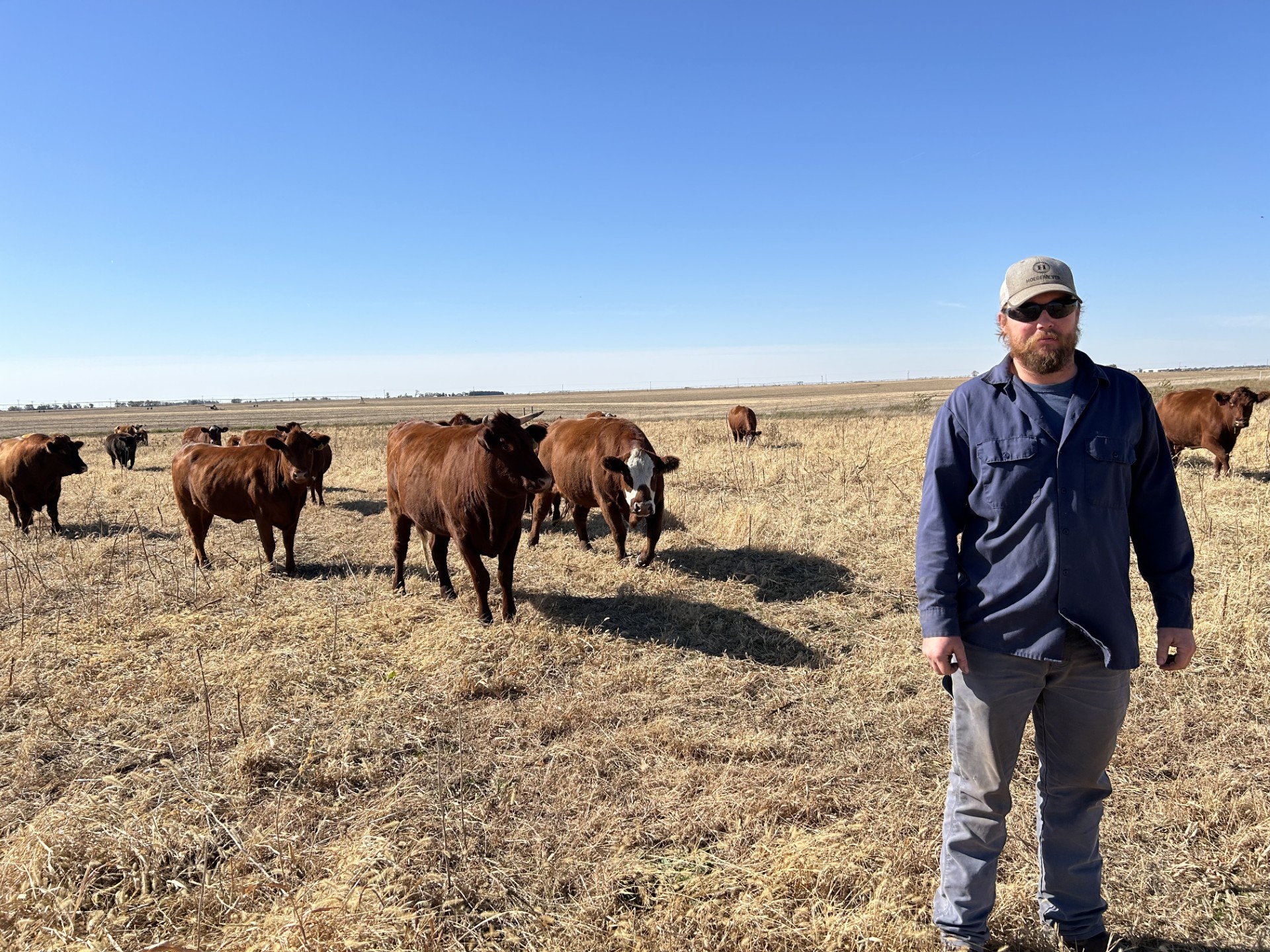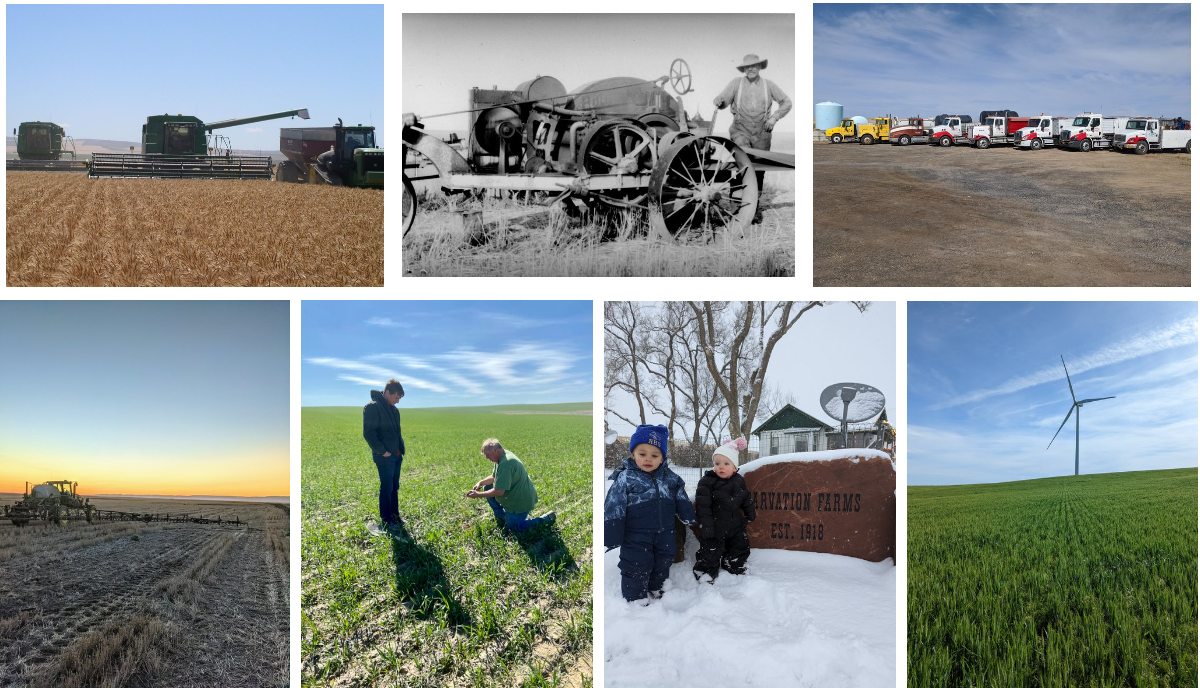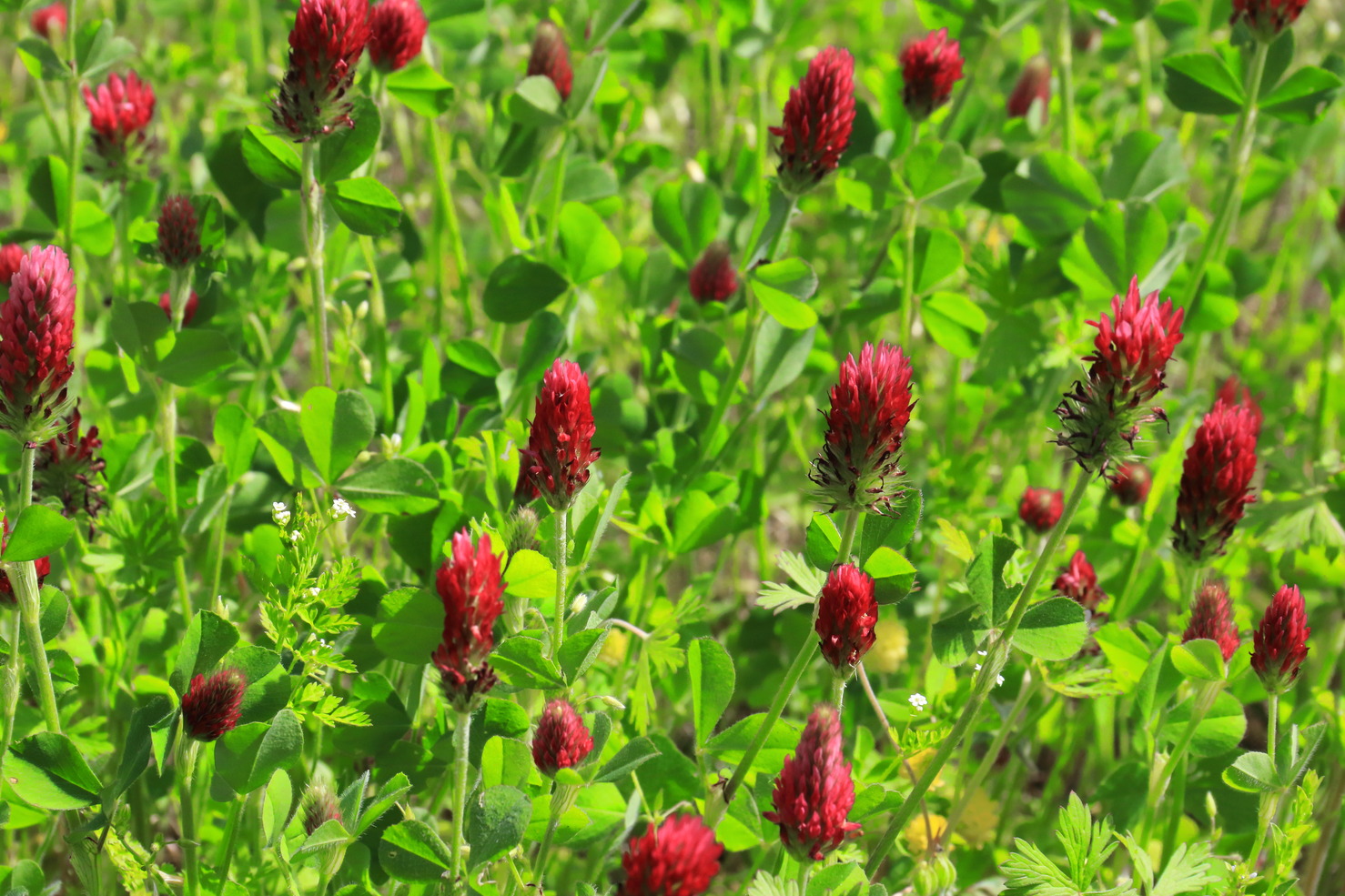There are inherent challenges with introducing new conservation practices on any farm. Whether it is in a corn, soybean or wheat field or others, these challenges may be the same or they may be unique, depending on a variety of factors. When an additional layer of constraint is added to these systems, the challenge can feel overwhelming and hard to measure the return value at the outset.
In the face of this uncertainty, I propose we look at conservation practices in a slightly different light. First, we need to look at these Carbon cropping practices as not just a cookie cutter, one-size fits all solution to all issues. If we can instead view these practices as pliable and diverse guideposts, we can better understand which ones have good fits in our cropping rotations, our ecosystems, our climates and on our farms. Just because one system of regenerative agriculture practices works in one area, doesn’t mean it is the best fit for every operation.
Agriculture in Northern regions of the United States, and across the world, has a myriad of prospects and concerns. There are sometimes questions as to the adaptability of conservation practices in Northern climates. One of the common concerns includes whether there is a long enough growing season to incorporate the use of cover crops. There are also concerns about tillage practices that could possibly delay planting because of slower warming of the soil in the spring.
Will Cover Crops Work Here In Colder Climates?
For growers in Northern climates, the idea of beginning a cover crop after corn or soybean harvest is often problematic. Depending on how the crop is maturing and drying down, this might mean that the cover crop can’t be planted until late October or even November or December in some years. This often doesn’t allow for enough heat for the cover crop to grow sufficiently before a freeze or snow cover. This specific issue has been addressed with aerial or ground interseeding cover crops at various time before the harvest of the row crop. Some growers have had success applying cover crop seed with side-dress fertilizer using ground rigs.
Other growers have had success aerial applying cover crop seed later in the growing season before harvest. Both of these practices help to increase the growing window and allow cover crops to get established and grow effectively before the cold kills them or they go dormant.
No-Till Hesitation: Soil Temperature for Spring Planting
Likewise, there is hesitation with adopting no-till practices in Northern climates, as there are questions around the time it takes covered soils to warm up in the Spring. This warming is essential for some crop seeds to germinate and remain viable. No-till adoption also reduces the availability of incorporating nutrients and liming materials into the soil, which changes the dynamic of how these plant foods are protected and utilized. Once again, adapting to these unique challenges with these new practices is key to making conservation practices suitable and successful. Strip tilling has had success with creating a small zone around where the crop seed is to be placed that allows this area to warm up more quickly to encourage a similar planting environment to conventional systems. Chemically or physically protected forms of fertilizers have also reduced the risk of surface-applied nutrients and amendments from being lost before they naturally flow into the soil surface that is not disturbed.
How about Specialty Crops in the Northern U.S.?
Similar questions around conservation practices’ adaptability to specialty crops have been raised across a wide range of geographies. Trying to adopt conservation practices that have a proven track record in commodities such as corn, soybeans and wheat doesn’t always work well for specialty crops. Instead, being able to adapt practices, methods and products to the specific environment of the specialty crop is essential for ensuring success.
Orchards are a perfect example of a specialty environment with unique needs and challenges. Growers have seen the benefits of incorporating some cover crops between tree rows. This doesn’t mean that the same cover crop species used in other crops will work well in orchards though. Depending on the specific trees, tree spacing and age of the orchard, there needs to be consideration given to which cover crops are well-suited. Is this an orchard with a lot of vehicle traffic throughout the growing season due to tree and crop maintenance? Is this a deep-rooted tree orchard? Is water a limiting factor for tree crop production? In these instances, a robust cover crop that is tolerant to traffic, not competitive for resources with the trees and drought tolerant would increase the effectiveness of this practice.
Other specialty crops, such as root vegetables and leafy greens may pose additional issues that require adaptation of conservation practices. If a cover crop is being considered in one of these environments, any pre-harvest aid that might help desiccate the crop to allow for rapid, clean harvest would destroy most cover crops planted before harvest. Instead, cover crops may be chosen for after desiccation and harvest or even frost-seeded in late Winter. Similarly, vegetable crop systems that rely on a very clean and smooth soil surface might not be conducive to strict no-till systems at this time. However, lighter tillage, reduced tillage passes and alternative weed control measures might still allow for conservation tillage to be adopted and be successful.
Final Thoughts
Adopting conservation practices in Northern Climates and in specialty crop systems requires innovation and adaptability. Understanding where and how these practices fit into these unique growing systems is essential. This is not always an easy road to travel, but it is surely a worthwhile one. These unique challenges to overcome in this journey towards more sustainable practices allows for creative opportunities for growers to show that these principles still have a place in these environments and may even provide additional benefits to the crop.



